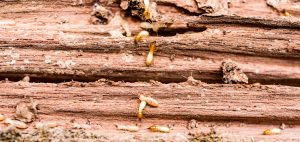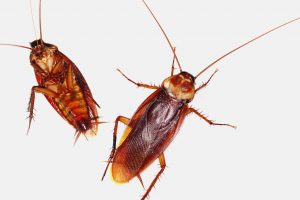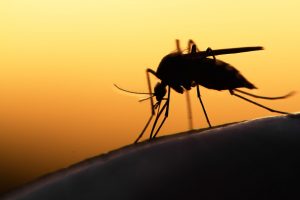
Sooty mold is a thin, black layer of film found on the underside of fruit tree leaves, on the skin of fresh fruit, and also on many surfaces in and around the home. This mold grows rapidly following an insect’s attack on a plant, especially after the insect has fed on the leaves of fruit. When insects attack a plant, they often feed on the juice inside the leaves or fruit, extracting as many nutrients as they can in one sitting. What they can’t fully digest or utilize they excrete, often on the leaves or fruit of the plant.
When combined with the sugars of fruit-growing plants, this excrement causes a chain reaction that fosters a breeding site for germs of all sorts. This is when mold quickly forms, causing damage to the affected plant and surrounding plant life. Sooty mold can slowly but surely crawl its way to neighboring plants, potentially destroying harvests. One should always inspect growing fruit trees, plants, or flower beds to see whether this black film has developed. Aphids and whiteflies are common insects that can cause this mold to develop.
Preventing Sooty Mold Problems
When treating any pest problem, it is often wise to treat the root of the problem and not just the underlying symptoms. In this case, the symptom is black mold. Controlling the insects first will cause the mold to lessen and disappear. This is highly favored to prevent future attacks of sooty mold on plants. If mold has developed, a safe insecticidal spray may be helpful in controlling inhabiting insects. This spray can be applied on the upper and lower sides of leaves, on the trunks of trees, and on the insects themselves. Many pest control companies can advise on the proper sprays that can be safely used around plants.
If new leaves appear, spray these leaves with the safe insecticidal spray to prevent future insects from invading. Keep the soil healthy with the proper fertilizer. Healthy soil promotes insect diversity and encourages attracts insects and microorganisms, which are essential for keeping out the unwanted insects that cause sooty mold.





